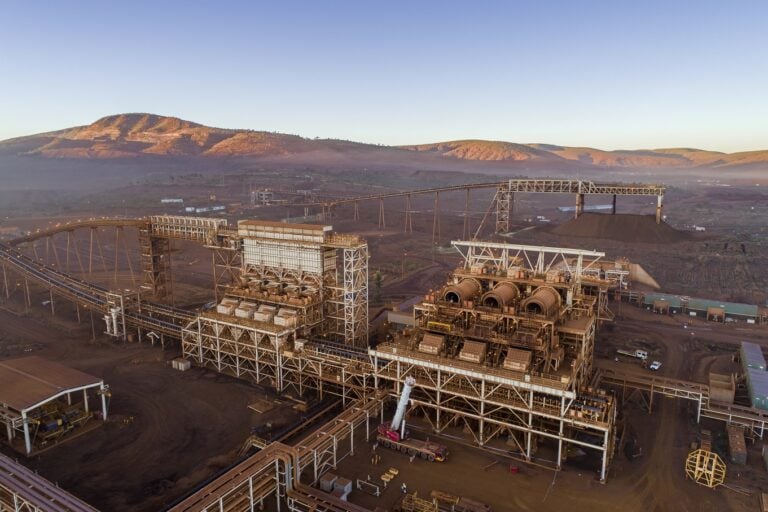According to documents submitted as part of the EPBC Act application, the PV power plant would feature modules mounted onto a tracking system that would either be fixed or tilted around 0.1m – 4m above ground level.
The modules would be arranged in rows, with access racks between them, to help ongoing maintenance teams access the power plant. The overall development will cover around 1,108 hectares of land.
The application also includes developing a co-located battery energy storage system (BESS), the size of which has not been disclosed.
If approved, the project would have a lifespan of 25-30 years and would either be repowered or decommissioned at the end of its life.
Turner River is being proposed approximately 120km south of Port Hedland and would connect to Fortescue’s existing Pilbara Energy Connect (PEC) transmission system.
The PEC initiative aims to establish a renewable energy ecosystem in the Pilbara by integrating solar PV plants, wind installations, BESS and a 750km transmission network to power the company’s iron ore operations.
Fortescue said the Turner River solar PV plant will complement the existing 100MW solar PV project at North Star Junction, which was completed in the 2024 financial year, and the 60MW solar PV project at the Chichester Solar Gas Hybrid Facility, commissioned in 2021.
Both of these projects are a part of the company’s broader aim to decarbonise the Iron Bridge magnetite mine. Iron Bridge, located 25km west of the Turner River proposal, produces a wet concentrate product that is transported to Port Hedland through a 135km specialist slurry pipeline, where dewatering and materials handling occur.
Fortescue aims to fully decarbonise its operations by 2030. The organisation said that by the end of the calendar year 2030, 100% of its electricity demand will be met by renewable energy sources.
It added that detailed power system modelling suggests it will need at least 2-3GW of wind and solar, supported by battery storage, to satisfy its energy needs.
